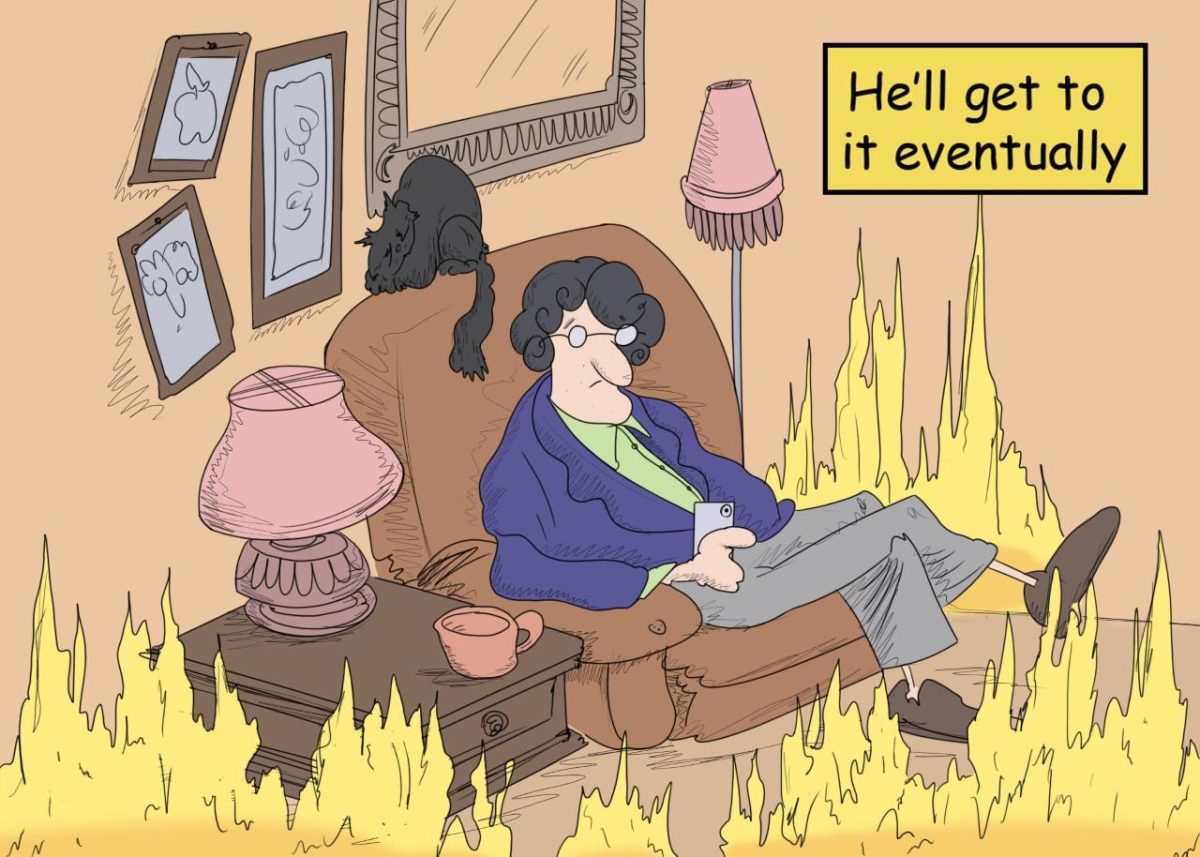President Donald Trump’s sweeping tariffs on Canada, Mexico and China are set to take full effect next month, and an expert at LSU is expecting raised prices on housing, vehicles and essential goods.
While framed as a tool to curb illegal immigration and the flow of fentanyl, the primary function of a tariff is economic. Tariffs impose a tax on imported goods at the border, raising costs for foreign producers and potentially for American consumers.
“Generally, however, foreign producers only receive the original cost of the good, the government receives the revenue from the tariff and domestic producers raise their cost to match the cost of the foreign good plus the tariff,” said Daniel Tirone, an associate professor of political science at LSU specializing in international relations and political economy.
“For example, a 25% tariff on a good that was originally $100 would result in consumers paying $125 for a domestically or foreign-produced good,” said Tirone, who also serves as LSU’s Faculty Senate president.
Consumers could see price increases on items from cars and electronics to groceries and home goods. Meanwhile, American exporters may suffer if Canada and Mexico impose retaliatory tariffs, making U.S. products more expensive abroad.
“The states on the borders would be hardest hit, though the impacts will be felt throughout the country,” Tirone said. “In the case of Canada, automobiles and the housing sector will feel particular pain as there is a lot of cross-border trade and production in cars, and we import a lot of Canadian lumber. In the case of Mexico, we import a lot of transportation equipment, electronics and mechanical machiner, and agricultural products,” Tirone said.
In Louisiana, tariffs threaten to make a post-hurricane recovery more costly and challenging. Higher lumber prices, for instance, could drive up housing costs, while increased costs on automobiles and mechanical equipment may put additional financial strain on both businesses and consumers trying to recover.
“Given the frequency of natural disasters, increased cost of housing materials could really hamper post-storm recovery if we have a major hurricane or flood,” Tirone said. “It would also cost more to replace or repair cars which may be damaged or destroyed.”
American businesses that rely on exports to Canada and Mexico, particularly in sectors like agriculture, manufacturing and energy could face reduced demand due to retaliatory tariffs.
“Canada and Mexico will no doubt impose retaliatory tariffs of their own to punish U.S. exporters and put pressure on the U.S. government to remove the tariffs,” Tirone said. “This will hurt American workers and businesses who work in sectors which export to Canada and Mexico.”
If the tariffs remain in place, Canada and Mexico may look elsewhere for trade partners, shifting imports to South America, Europe or China. This move could permanently weaken North American economic ties, leaving U.S. industries at a competitive disadvantage.
“The other potential drawback if the tariffs are maintained for a long period of time is that both countries may seek to replace the trade they used to conduct with the United States with another source,” Tirone said, “such as countries in South America, Europe or China.”
Trump reached agreements with Canadian Prime Minister Justin Trudeau and Mexican President Claudia Sheimbaum to delay tariffs until March 4, in exchange for border security and drug trafficking measures.
However, the situation remains tense with China, which retaliated by imposing tariffs, launching investigations and filing a legal request with the World Trade Organization to challenge the legality of the tariffs.
Trump plans to implement a 25 percent tariff on Canada and Mexico, with a 10% tariff on China already in place.









